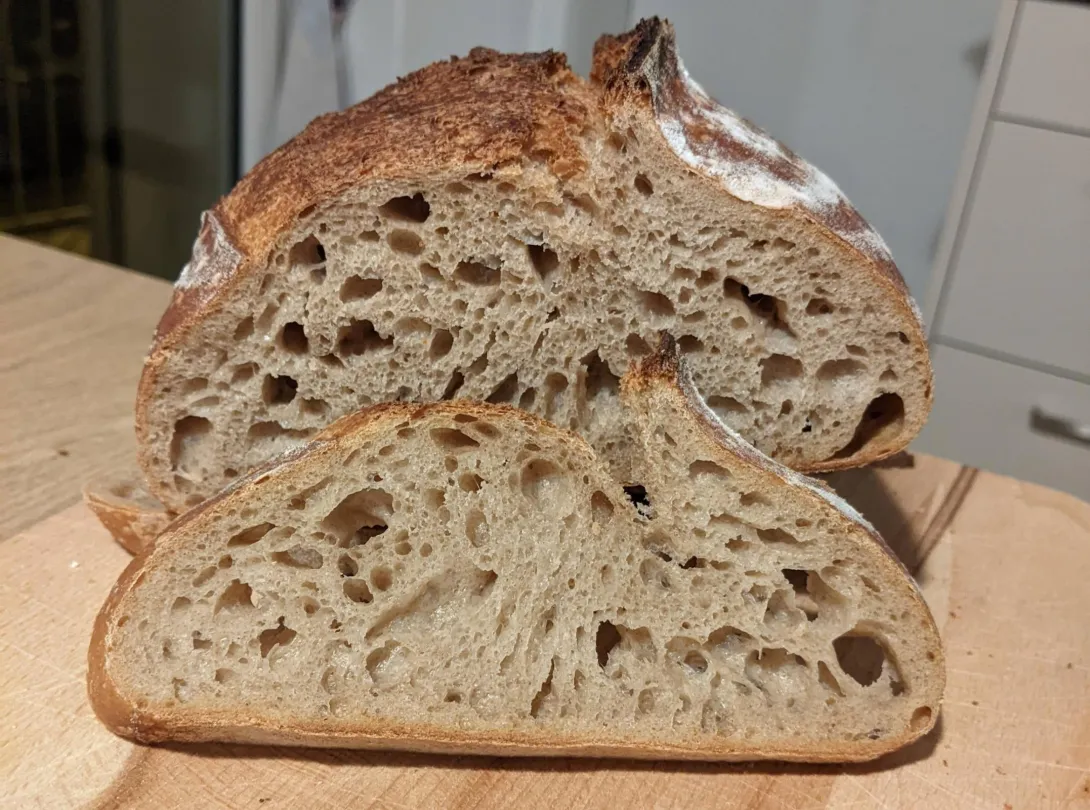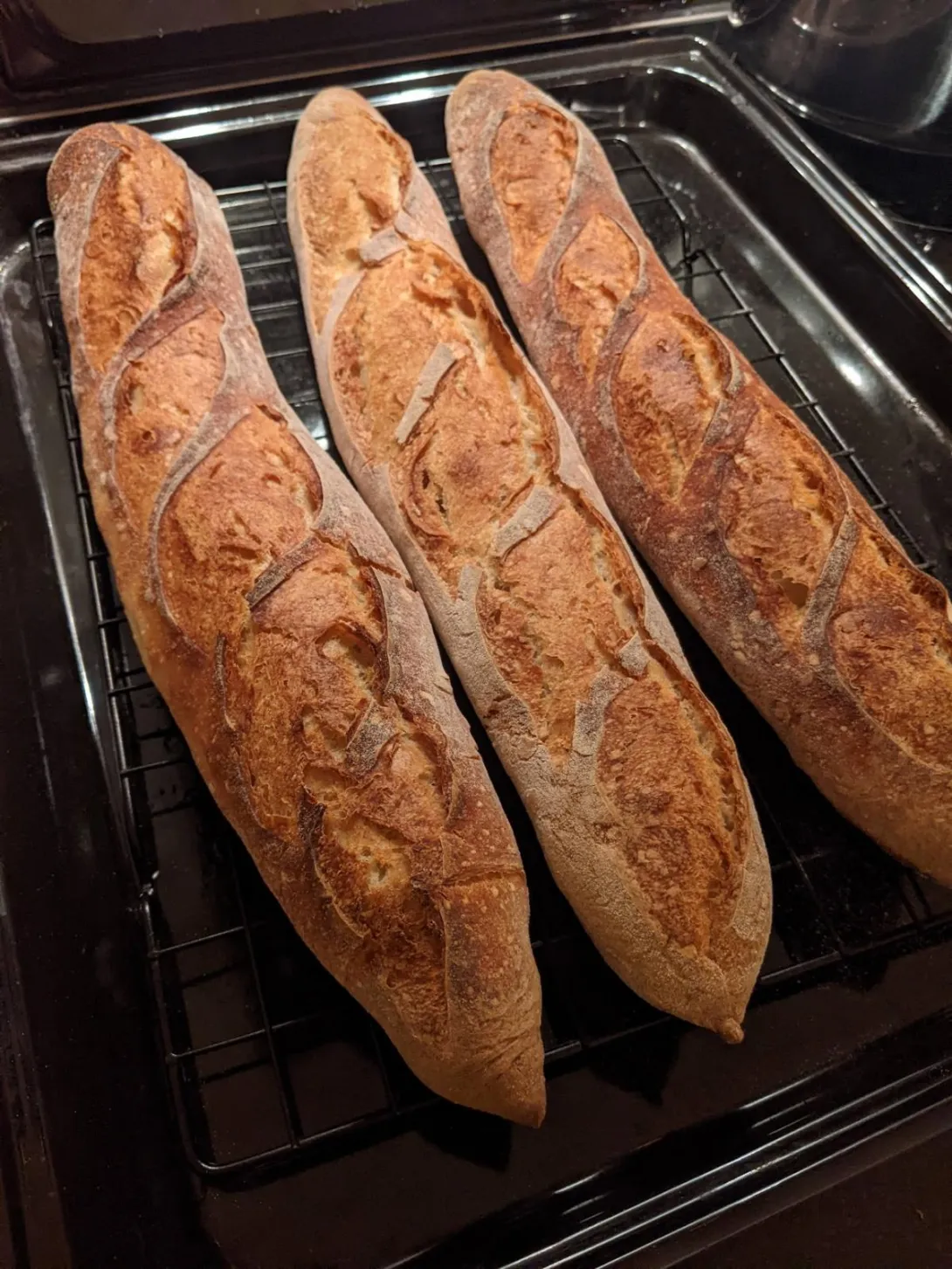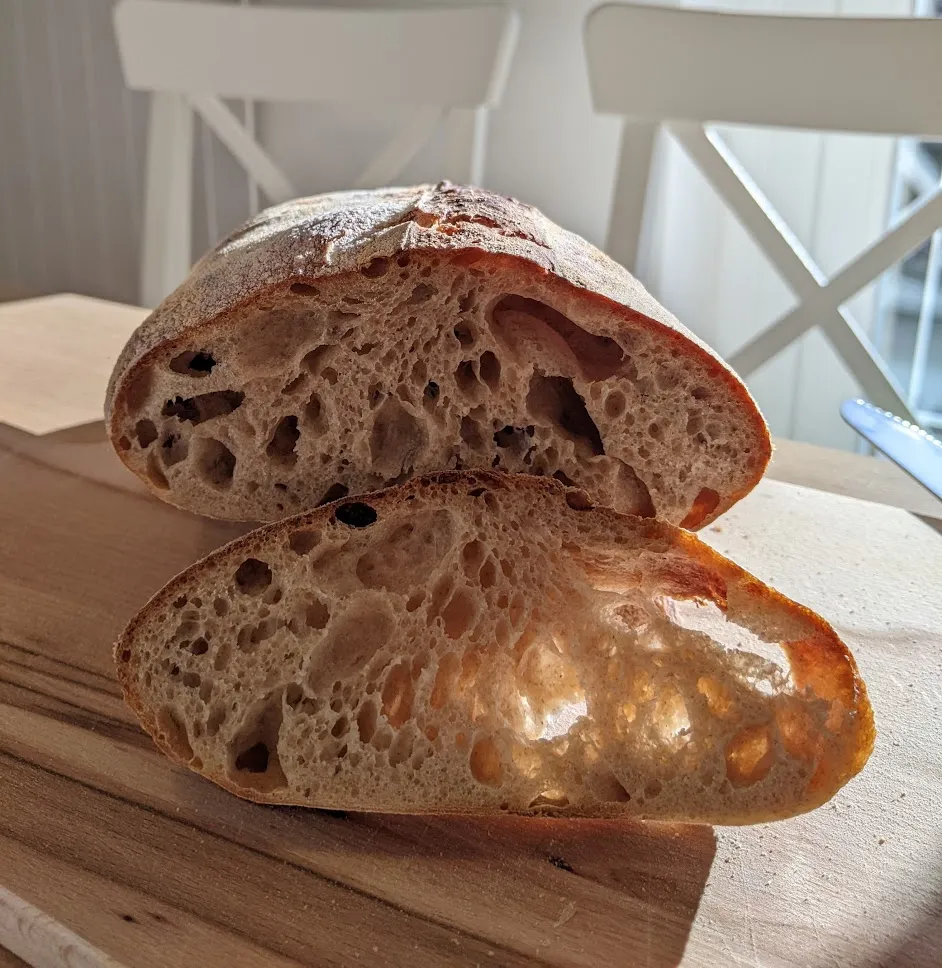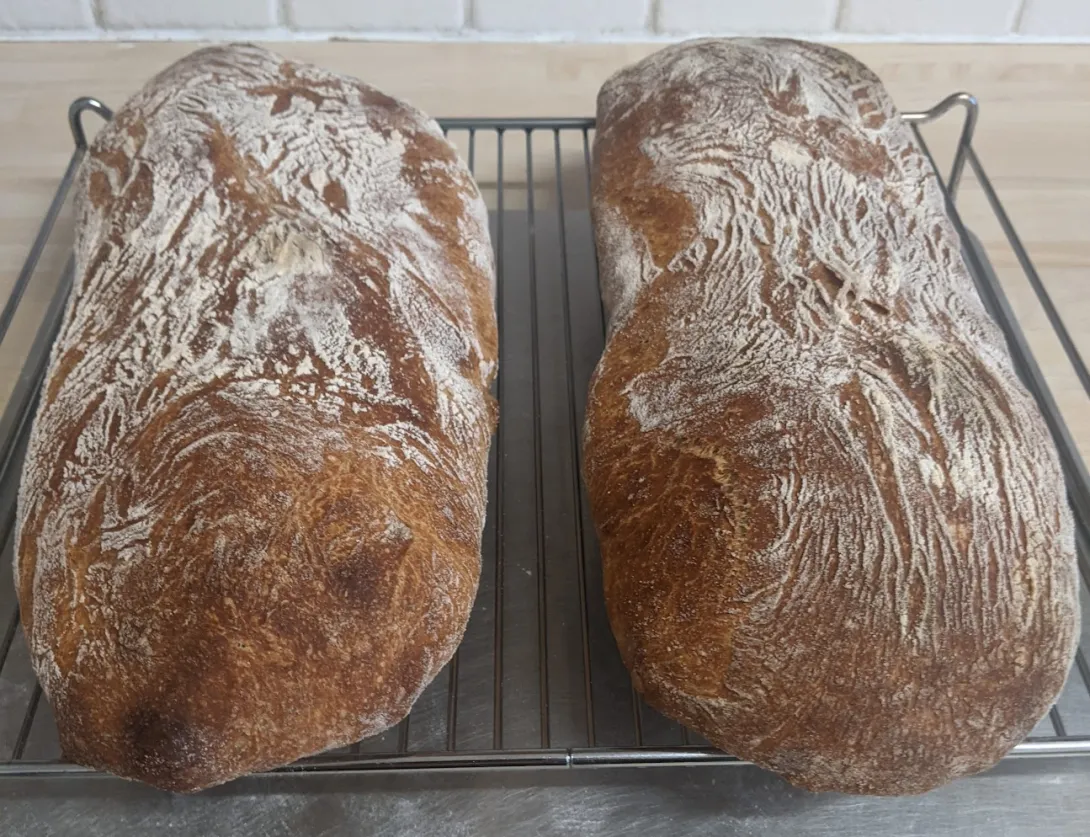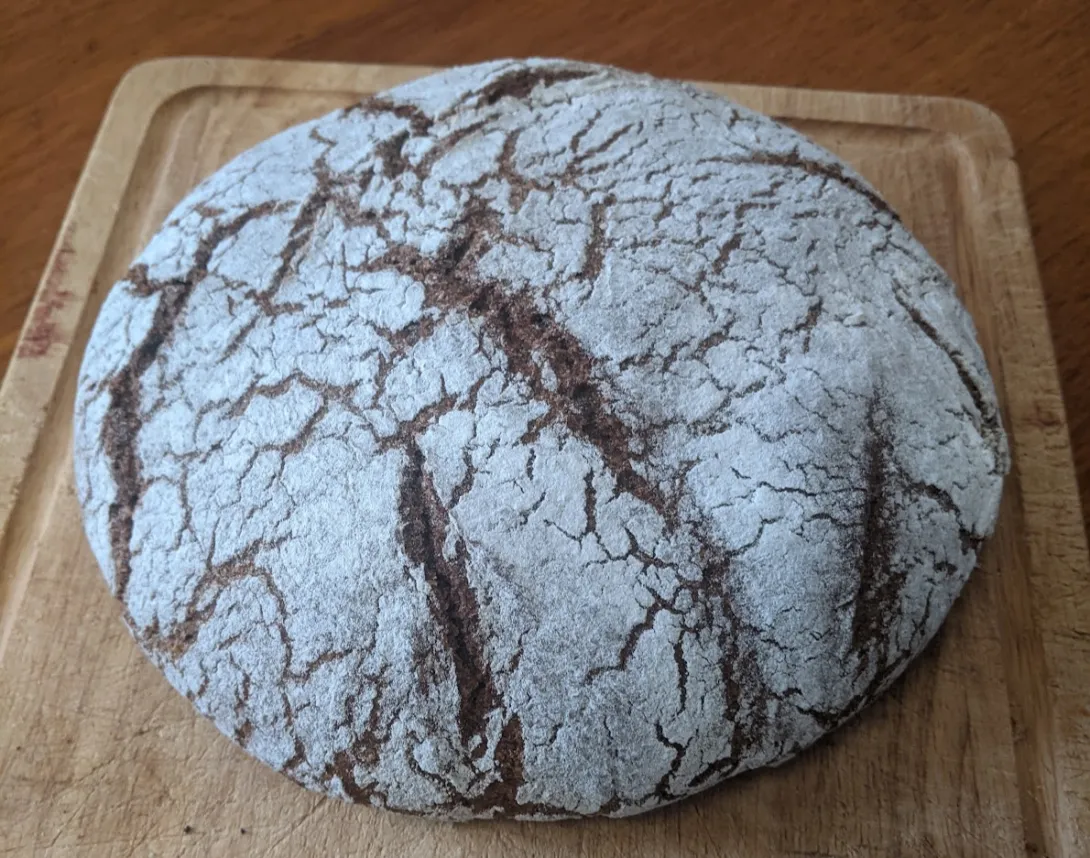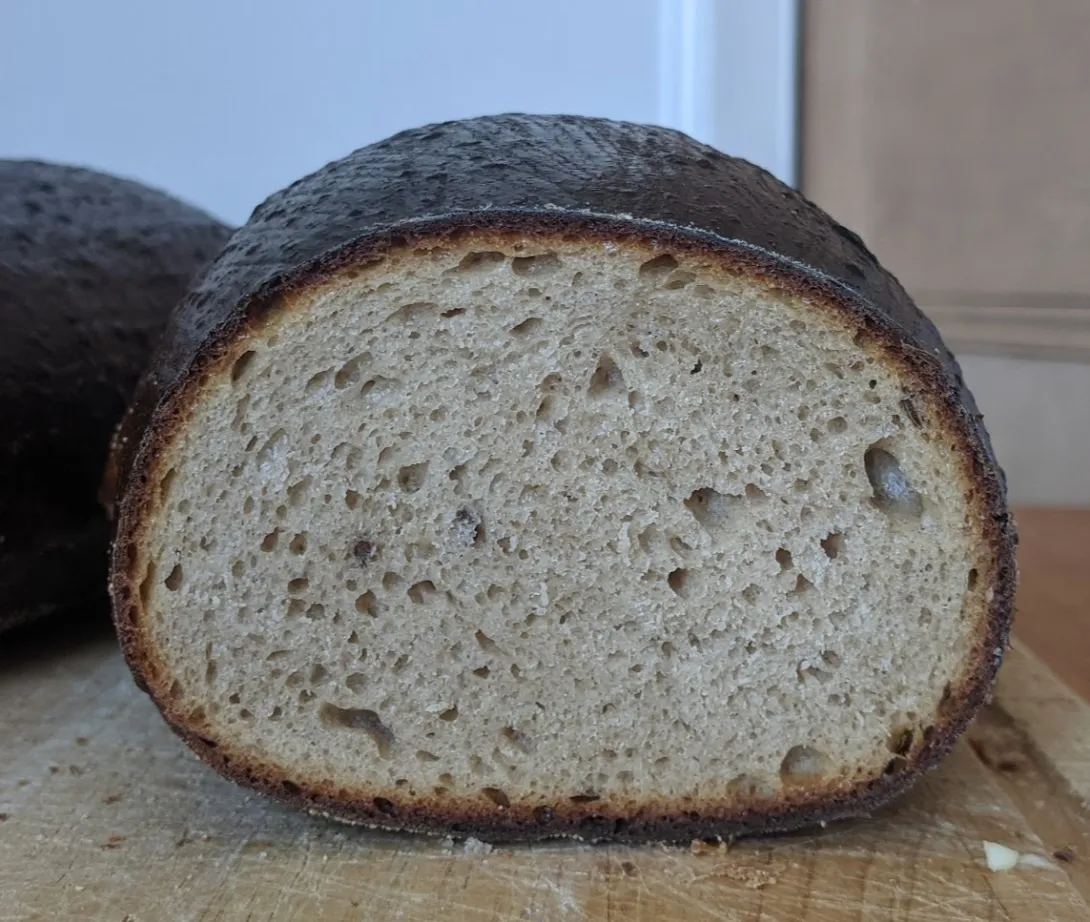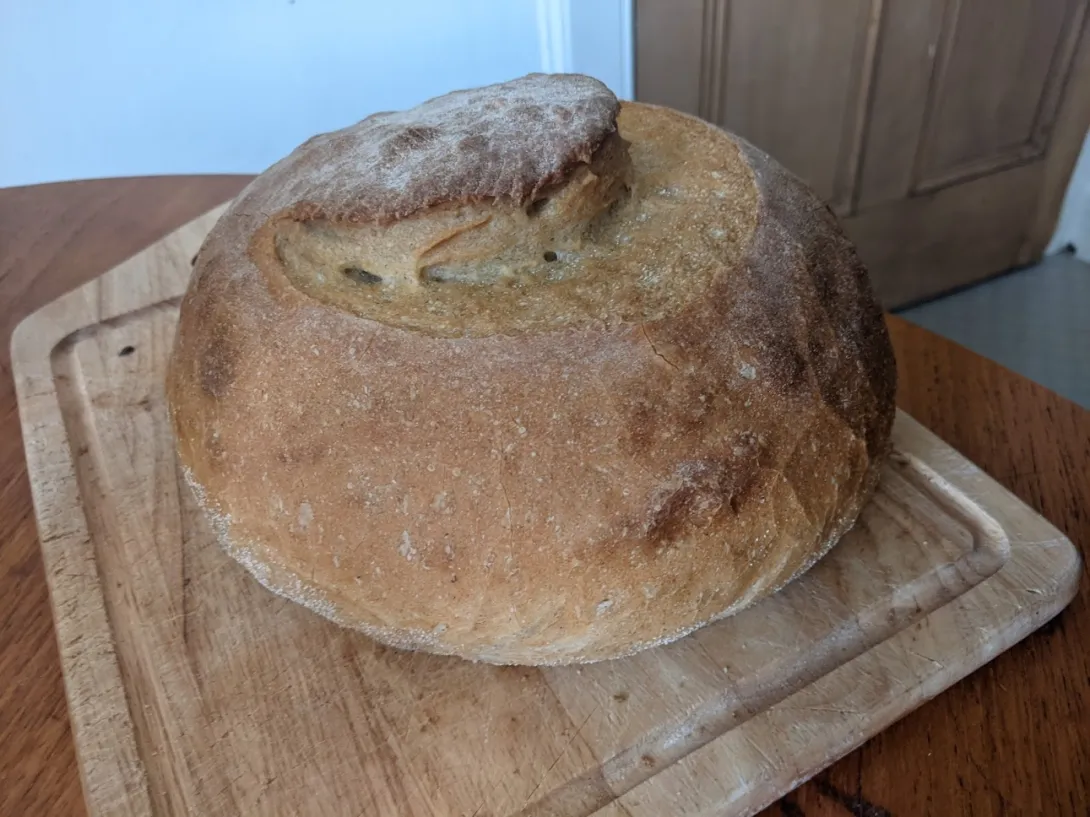Happy Purim!
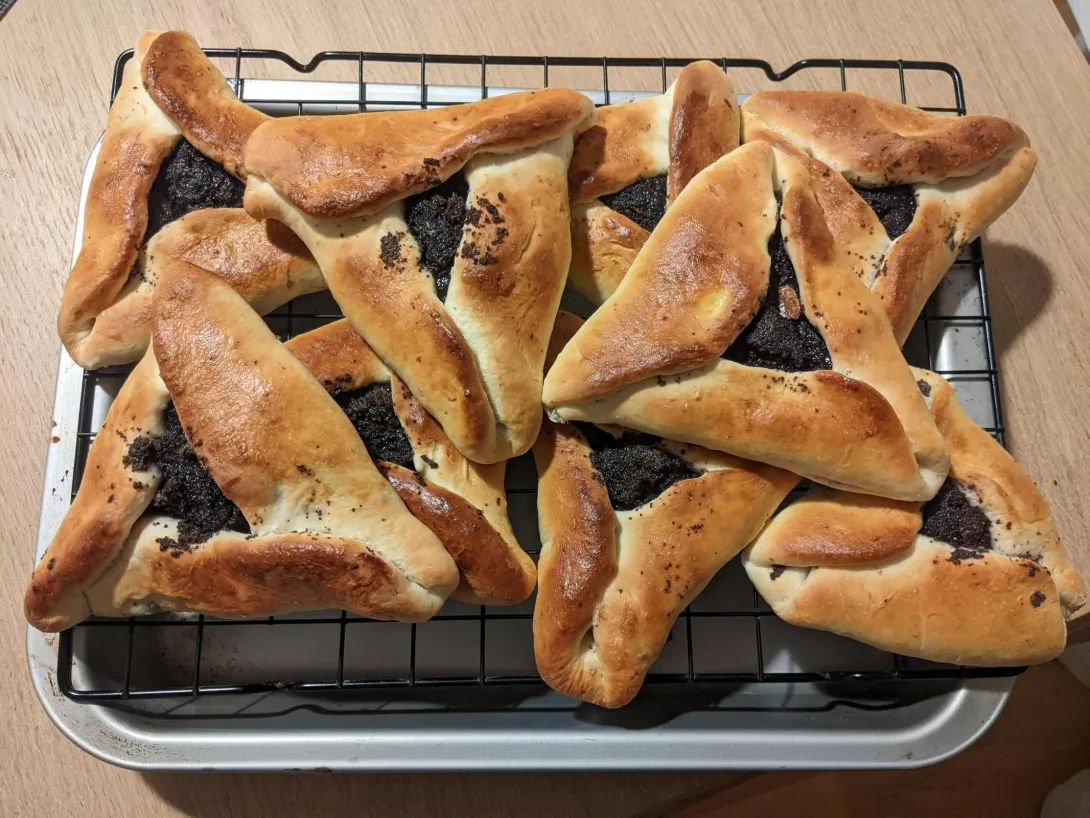
This year with CLAS! Will bring the treats to work tomorrow.
Here is the dough formula: https://fgbc.dk/2blk
For the filling I found milled and steamed poppy seeds here - Dampfmohn (pricey, but saves a trip to Germany to buy ready made filling, or saves lots of hard manual work with a pestle and mortar). So just boiled those with milk, honey, lemon zest and raisins the day before.
